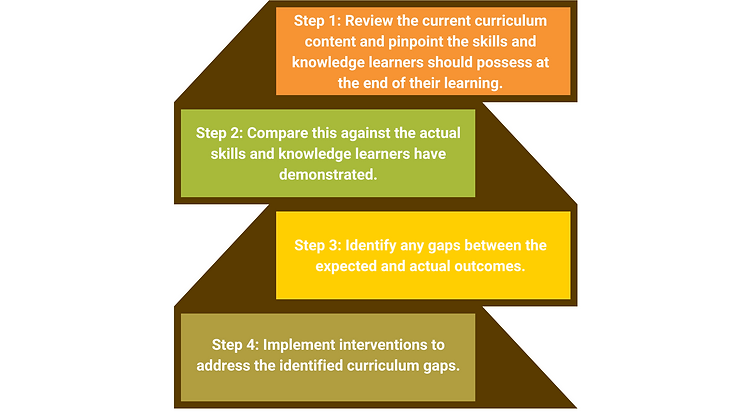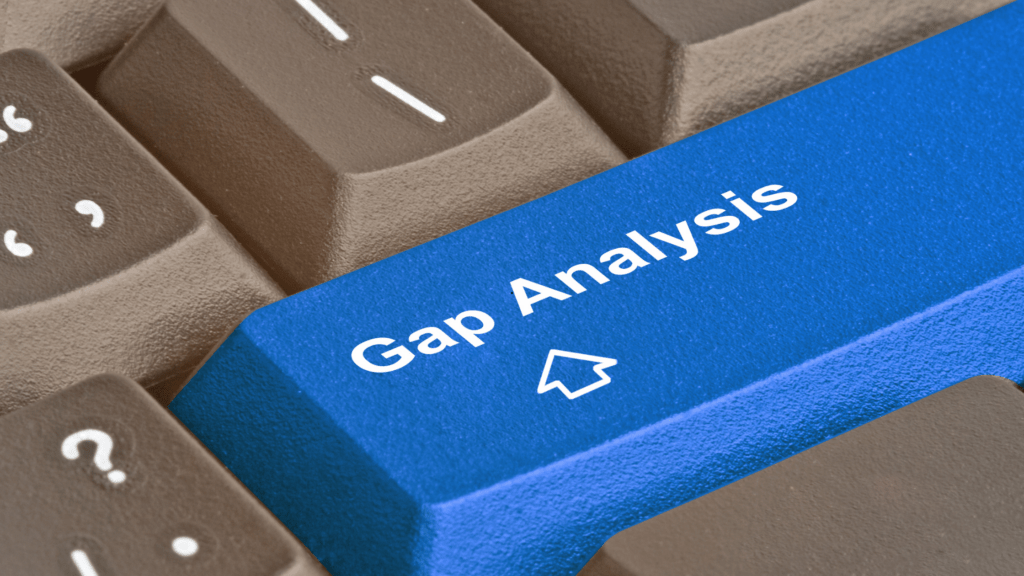Curriculum gap analysis is an essential process that evaluates the content of a curriculum against the actual skills and knowledge that students are expected to acquire by the end of their learning. By identifying potential gaps, educators can implement interventions to ensure all students have the opportunity to succeed. This article will outline the steps involved in conducting a curriculum gap analysis, discuss different types of curriculum gaps, and offer strategies to address these gaps effectively.
OfSTED’s Expectations in Curriculum Planning: OfSTED expects education providers to deliver a thoroughly planned curriculum that is fit for purpose and caters to the needs of all learners, including those with special educational needs and disabilities (SEND). As part of the curriculum review process, inspectors will assess the curriculum’s inclusiveness and whether it enables all students to make good progress.
Conducting a Curriculum Gap Analysis
Curriculum gap analysis is an essential process that helps educators identify gaps in the current curriculum and implement improvements to ensure its effectiveness and relevance.

Here is a detailed step-by-step guide on how to conduct a curriculum gap analysis:
Step 1: Review the current curriculum content and pinpoint the skills and knowledge learners should possess at the end of their learning.
The first step in conducting a curriculum gap analysis is to review the current curriculum content. This involves analysing the curriculum framework, syllabus, and other relevant documents to determine the expected learning outcomes. The expected learning outcomes should be specific, measurable, achievable, relevant, and time-bound (SMART). Identifying the specific skills and knowledge that students should possess upon completing the curriculum is essential.
Step 2: Compare this against the actual skills and knowledge learners have demonstrated.
The next step is to compare the expected learning outcomes against the actual skills and knowledge that learners have demonstrated. This can be done through various assessment methods such as exams, projects, and assignments. Using reliable and valid assessment methods is essential to ensure accurate results.
Step 3: Identify any gaps between the expected and actual outcomes.
After comparing the expected and actual outcomes, the next step is identifying gaps between them. The gaps can be identified by analysing the assessment results and comparing them with the expected learning outcomes. Identifying the areas where learners are struggling and the reasons for the gaps.
Step 4: Implement interventions to address the identified curriculum gaps.
The final step in conducting a curriculum gap analysis is implementing interventions to address the identified gaps. This can be done by revising the curriculum content, modifying teaching methods, providing additional resources, or offering remedial classes. The interventions should align with the identified gaps and improve learning outcomes.
Monitoring and evaluating the interventions’ effectiveness and making necessary adjustments are essential. Curriculum gap analysis is an ongoing process, and reviewing and revising the curriculum regularly is essential to ensure it remains effective and relevant.
Different Types of Curriculum Gaps
When conducting a curriculum gap analysis, it is paramount to be aware of the various types of curriculum gaps that may exist:
- Content gaps: These refer to deficiencies in the curriculum content, such as missing topics or skills that should be covered.
- Implementation gaps: These involve shortcomings in how the curriculum is being executed, such as inadequate opportunities for learners to practice and apply their learning.
- Achievement gaps: These represent disparities in student achievement, where some learners may not meet the expected standards.
Addressing Curriculum Gaps
After identifying the curriculum gaps, it is essential to implement appropriate interventions tailored to the nature of the gap:
- Content gaps: Revise the curriculum to incorporate missing topics or skills, ensuring a comprehensive learning experience.
- Implementation gaps: Provide more opportunities for students to practice and apply their learning, strengthening their understanding and skillset.
- Achievement gaps: Offer targeted support to help learners catch up, including additional tutoring, differentiated instruction, or individualised learning plans.
Monitoring Progress and Re-evaluating Curriculum Gaps
Once interventions are in place, monitoring their effectiveness and continuously assessing the curriculum for emerging gaps is required. This process includes:
- Collecting and analysing data on student performance and engagement.
- Identifying patterns and trends in student achievement across various demographic groups.
- Adjusting interventions and strategies as needed to address persistent or new gaps.
- Involving stakeholders, such as teachers, parents, and learners, in the evaluation process to gain insights and feedback.
Developing a Culture of Continuous Improvement
A successful curriculum gap analysis process requires a culture of continuous improvement, where all stakeholders are committed to ensuring the success of every learner. This culture can be encouraged by:
- Enabling open communication and collaboration among teachers, administrators, and other stakeholders.
- Providing professional development opportunities for educators to enhance their understanding of diverse learners’ needs and effective instructional strategies.
- Establishing clear expectations and accountability measures for addressing curriculum gaps.
- Celebrating successes and recognising the hard work and dedication of educators and students in achieving their goals.
Curriculum gap analysis is critical for ensuring all students have equal opportunities to succeed in their education. By identifying and addressing content, implementation, and achievement gaps, education providers can create a more inclusive and effective curriculum that meets the diverse needs of all learners. No matter what type of curriculum gap you are dealing with, it is important to take action to address it. By doing so, you can help ensure that all students have the opportunity to succeed.



